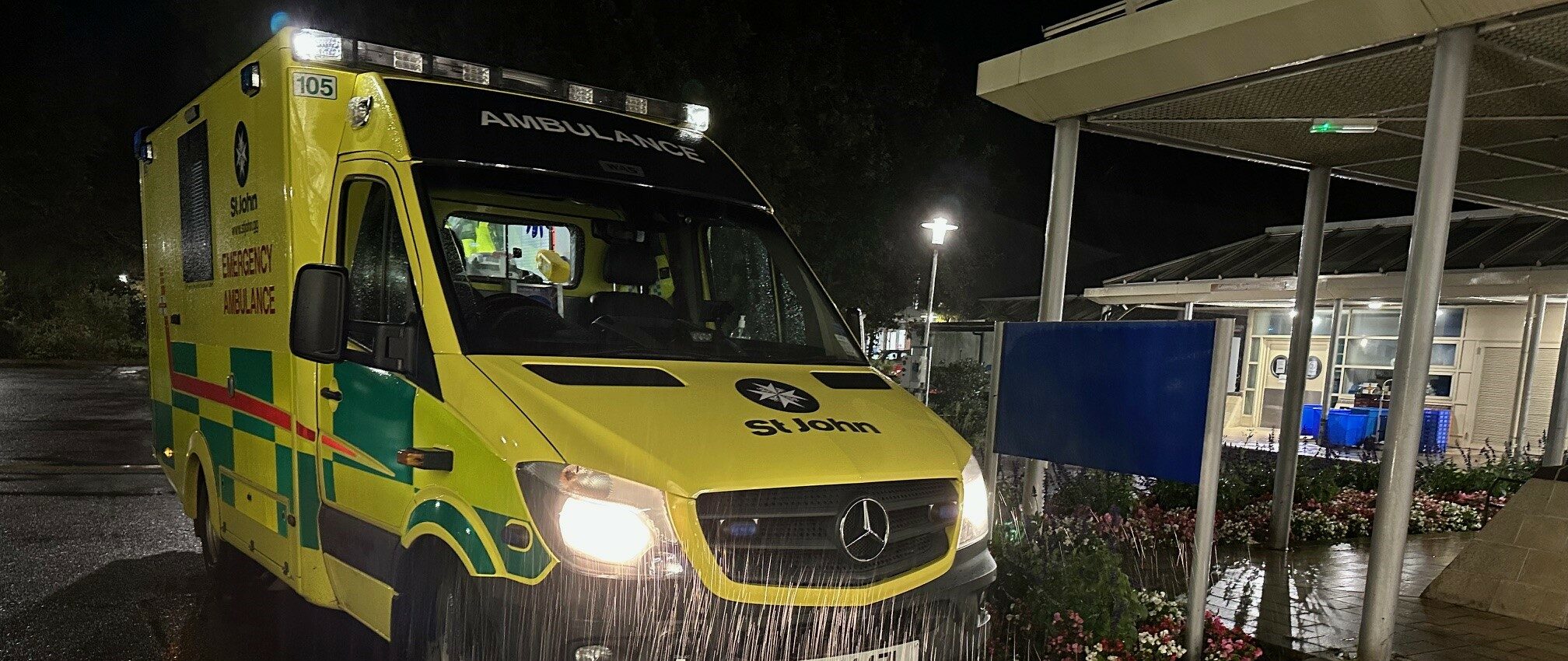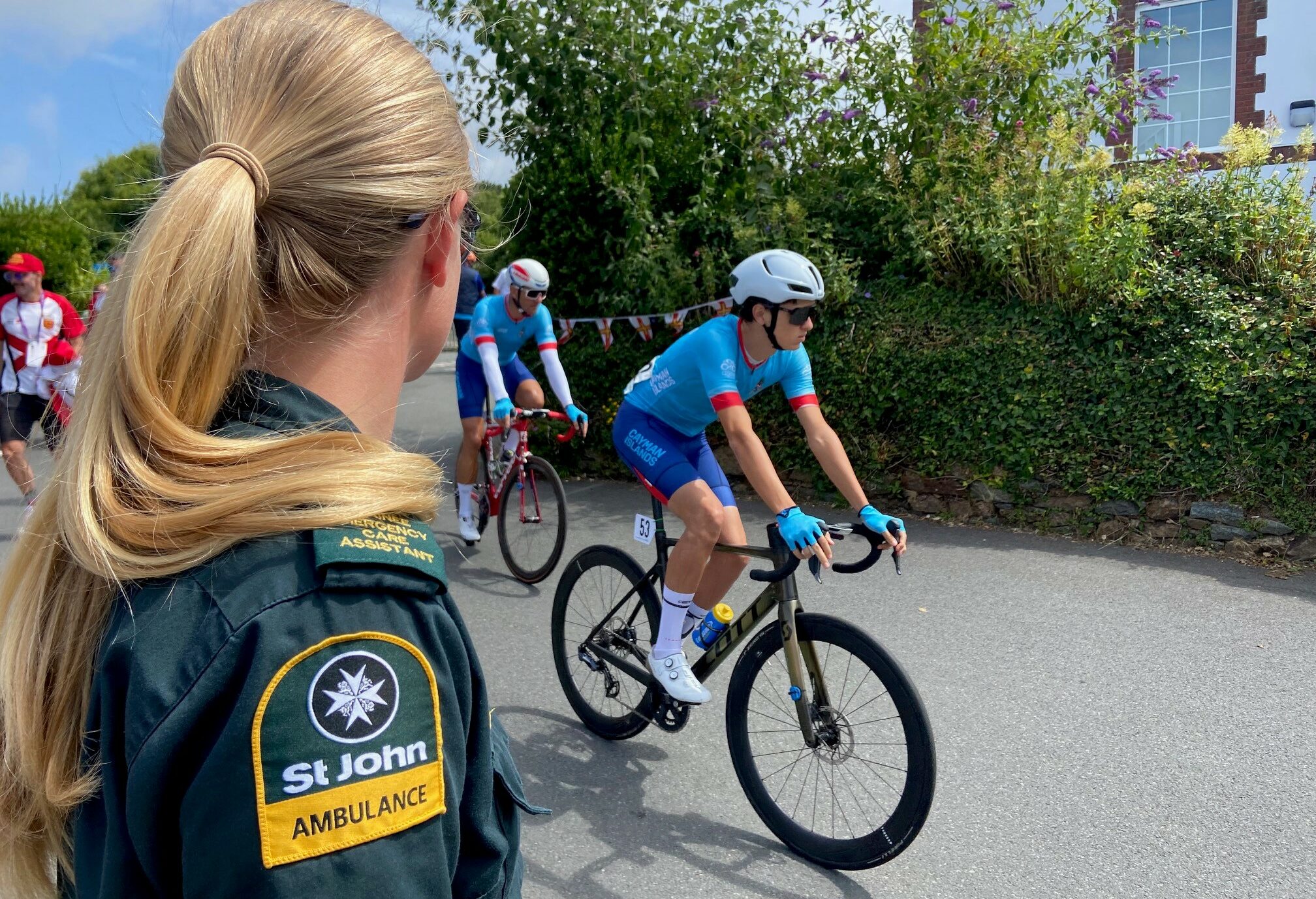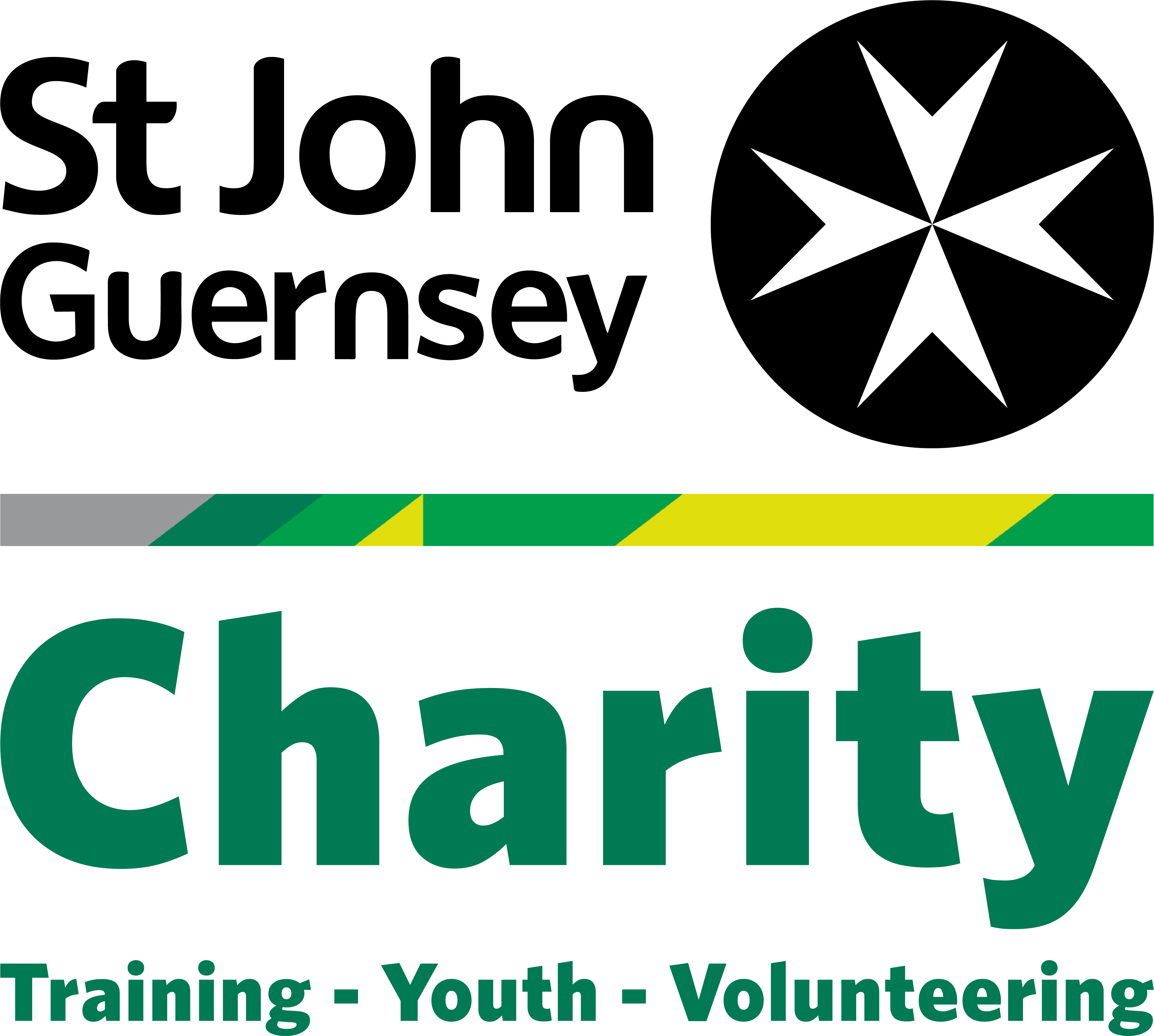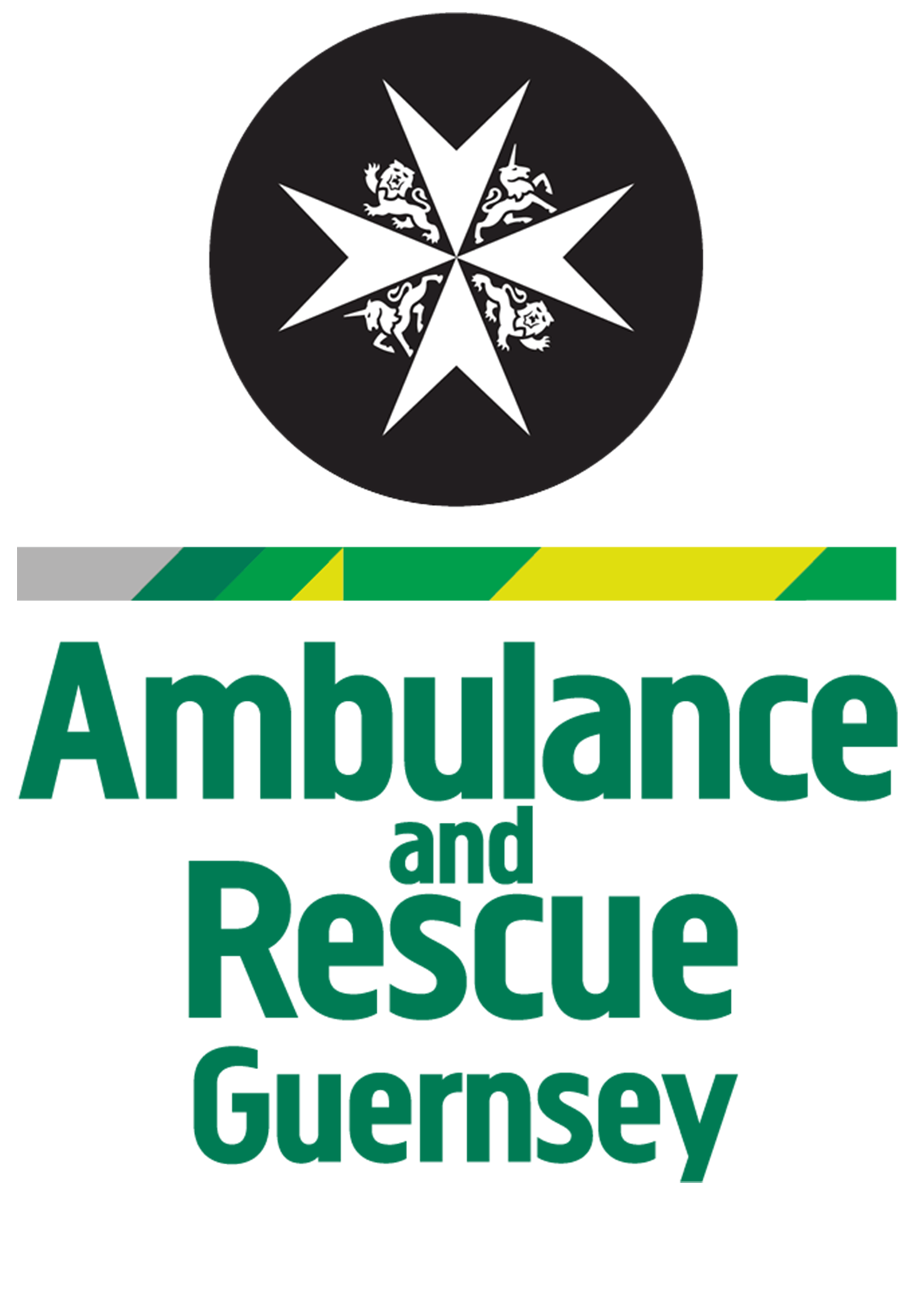Guernsey’s Ambulance and Rescue service responded to 6857 emergency cases in 2023, just 3% more than in the previous year. The figure represents a plateauing of demand following exponential increases in recent years. 6% of the cases in 2023 were to immediately life-threatening Category One calls.
6% of the cases in 2023 were to immediately life-threatening Category One calls.
In addition, the Non-emergency Patient Transfer Service (NEPTS) also responded to 3031 non-emergency transfers in 2023, a 5% increase on 2022. The operational hours for NEPTS has changed during the past 12 months to meet the increasing demands on the service from Health & Social Care.
The busiest month of the year was December with 637 emergency cases attended by the service. However, the busiest day was in May when ambulance crews responded to 36 cases in 24 hours, 90% more than the average of 19 cases a day. There were also spikes in daily demand in April and December.
Head of Operations Dean de la Mare said: “Overall our demand in 2023 was up slightly, but very similar to the previous year. St John Ambulance and Rescue Service has been proactive in raising awareness of calling 999, how calls are triaged and alternative care options, such as pharmacy and GPs. The figures demonstrate that demand is not constant, it can change from day to day, or even hour to hour. There were occasions when we experienced short periods of exceptional demand, with all of the ambulance crews committed. We have contingency plans for these circumstances with additional off-duty staff called back to work and senior officers deployed to maintain cover for emergency cases.”
The quietest day of the year was 2nd November, the day of Storm Ciaran, when there were just 4 calls in 24 hours. This followed proactive public service messaging asking people to stay indoors during the storm.
Mr de la Mare added: “St John Ambulance & Rescue Service always responds to the most life-threatening of calls as a matter of priority, but not all 999 calls need an immediate blue light response. The Joint Emergency Services Control Centre (JESCC) uses a world-class clinical triage system which quickly identifies the most serious and life-threatening cases, and the nearest ambulance resource will be dispatched. For less urgent cases the target response time can be up to 2 hours.”
The Ambulance and Rescue Service is also supported by volunteer Community First Responders (CFRs) who are trained and equipped to respond to life-threatening incidents in their immediate vicinity in the minutes before an ambulance arrives. In 2023 CFRs attended 43 clinically appropriate cases.
Not everyone who calls an emergency ambulance requires conveyance to hospital, where it is safe and appropriate patients can be discharged on scene, following assessment and treatment by clinicians. In 2023 just over a quarter of patients (26.5%) were discharged on scene following assessment by ambulance clinicians.
In 2023 St John Ambulance and Rescue Service began operating the ambulance service for Alderney, supported the community of Sark with paramedic cover while the island doctor was on leave and proving paramedics for public events, including the Island Games.

